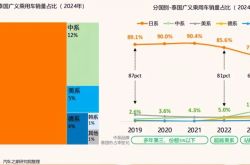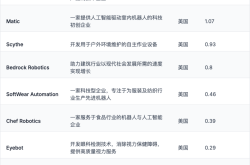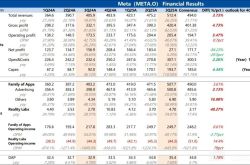Yunda's Unmanned Vehicles Arrive at Village Gates: Revolutionizing the Express Industry's 'Last Mile' with Autonomous Driving
![]() 07/14 2025
07/14 2025
![]() 683
683
Introduction
On July 11, an investor inquired on an interactive platform about Yunda Shares' layouts in ground and low-altitude unmanned logistics, their advantages, and potential cost-saving and efficiency-enhancing effects. Yunda Shares responded that they actively explore and deploy various terminal delivery methods, including unmanned vehicles and drones, with pilot projects currently underway in some regions.
Remarkably, Yunda's unmanned vehicles are not confined to urban areas but have extended their reach to rural communities in dire need. While SF Express, ZTO Express, and YTO Express compete in the unmanned vehicle race, Yunda has demonstrated through tangible pilot cases that this technology is not exclusive to urbanites, and rural areas can equally benefit from 'unmanned delivery'. 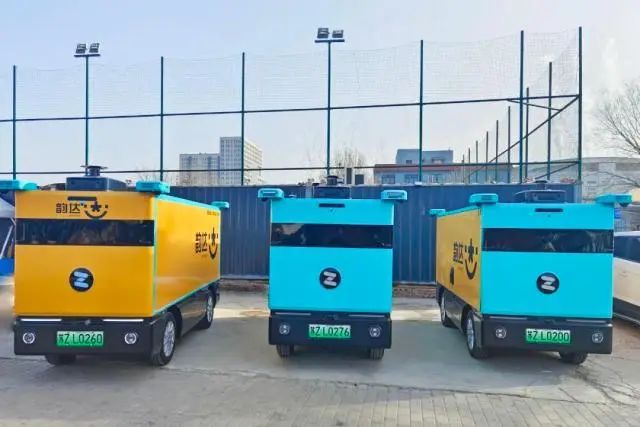 Source: Yunda's official WeChat
Source: Yunda's official WeChat
I. From Cities to Villages: Unmanned Vehicles as Versatile Couriers
On Wuhu Road in Hefei's Baohe District, Yunda's unmanned vehicles put on a daily 'veteran driver show'. Equipped with a detector on top, it lights up and even announces in a cute voice, 'Autonomous driving, please maintain a safe distance' when crossing the road.
Elderly passersby often stop to marvel, mistaking it for a toy car come to life. However, this 'little guy' can deliver 700-800 packages daily, navigating routes from the outlet to Yinxingyuan, Wanda Mansion, and other post stations with the familiarity of a seasoned courier.
In rural areas, unmanned vehicles have gained even more popularity. Ruihong Yunda Express in Longxi, Gansu, has invested in 8 unmanned vehicles, covering 57 communities and extending to townships like Shouyang and Mahe.
These vehicles have a maximum speed of 40 km/h and a range of 140 km on a full charge. Their 128-line lidar can detect earth mounds and road posts within 200 meters, enabling them to drive steadily even on bumpy rural dirt roads.
The person in charge, Mr. Dai, calculated that 4 unmanned vehicles can replace 4 delivery drivers, increasing efficiency by 30% and reducing the cost per package by over half.
The operation at the Guanyun outlet in Jiangsu is particularly impressive. Their 3 unmanned vehicles deliver packages to villages in the morning and transform in the afternoon to pick up packages from clothing factories.
Guanyun, known as the 'Capital of Themed Clothing', sees sexy lingerie and JK uniforms packed and loaded directly into the unmanned vehicles, which then return automatically to the outlet for sorting.
Driver Zhou commented, 'I used to make four trips to the township daily, exhausted to the point where I couldn't straighten my back. Now, with unmanned vehicles, I only need to scan and load packages. The saved time allows me to collect 200 more scattered packages, significantly increasing my income!'
II. Cost Reduction and Efficiency Enhancement: Data Speaks Volumes
Everyone in the express industry knows that terminal delivery is a challenging aspect, with labor costs accounting for a significant portion and recruitment always being difficult.
However, the introduction of unmanned vehicles seems to have suddenly addressed this issue.
The person in charge of the Hefei Baohe Wanda outlet has the most insight into this matter.
During last year's 618 promotion, their 2 unmanned vehicles made a significant contribution: working non-stop under 38°C heat and delivering 800 packages daily, more efficiently than 3 couriers.
'Previously, we were afraid that couriers would suffer heatstroke in summer. Now, with unmanned vehicles, we even save on fuel costs – a single charge costs only 10 yuan and can run 100 km, 70% cheaper than burning fuel.' He showed the reporter the bill: in a month, labor and fuel costs alone saved 30,000 yuan, with a return on investment in two years.
The Longxi case is even more astonishing. The unmanned vehicles there run two delivery cycles daily, delivering up to 4,000 packages, equivalent to the workload of a courier in three days. Moreover, they can work 24 hours a day, departing at 5 am, ensuring the first batch of packages arrives at the post station by the time villagers wake up.
Mr. Dai noted, 'Previously, hiring people for the small volume of packages in townships wasn't cost-effective. Now, an unmanned vehicle trip costs only 20 yuan, much cheaper than hiring a temporary worker, and there's no need to worry about food and accommodation.'
Even better is 'reverse pickup,' where unmanned vehicles conveniently pick up packages from individual customers at the post station after delivering packages, eliminating the need for dedicated empty trips.
J&T Express's unmanned vehicles in Nanjing rely on this method to pick up over 100 additional packages daily, earning an additional 50,000 yuan annually.
Yunda Linze Branch's unmanned vehicles are even smarter. Upon arriving at the post station, they automatically send a voice message: 'Arrived, please collect your package.' The post station scans the code to open the door, making the entire process 3 minutes faster than manual handover.
III. Industry-Wide Scramble for Unmanned Vehicles
In fact, it's not just Yunda. SF Express, ZTO Express, YTO Express, and J&T Express have long had their eyes on unmanned vehicles.
SF Express bid for thousands of unmanned vehicles in 2023, and Wujiang Company's 62 unmanned vehicles have obtained demonstration operation permits.
ZTO Express is even more aggressive, having established the 'ZTO Intelligent Driving' platform, which it plans to open up to the entire industry.
J&T Express's unmanned vehicles in Nanjing deliver 2,000 packages daily, improving efficiency by 30%. 
Why are everyone scrambling for this technology? Because the policy is very supportive. Currently, over 200 cities nationwide have opened road rights for unmanned vehicles, and the State Post Bureau has stated that 'the unmanned vehicle business model can now turn a profit.'
Capital is also pouring in: Horizon Robotics secured 400 million yuan in financing within half a year, while Jiushi Intelligence raised 100 million dollars in Series A and 300 million dollars in Series B.
Technology is also becoming increasingly mature. Previous unmanned vehicles were like 'flowers in a greenhouse,' only able to run in enclosed parks. Now, L4-level unmanned vehicles can recognize traffic lights in heavy rain and brake without slipping on snow.
Yunda tested in Longxi for half a year, specifically optimizing hill starts and narrow road meetings, and even avoiding the common rural scenario of 'temporary road occupancy for drying grain' – the backend monitor can remotely see and click twice to make the vehicle take a detour, faster than an experienced driver.
Even EMS has joined the fray, combining 'outdoor unmanned vehicles + indoor robots' to deliver packages from the door to the unit building in residential areas.
Some netizens joked: 'In the future, couriers may really become 'office workers,' just directing robots to do the work.'
IV. Couriers Won't Lose Jobs: 'Human-Machine Teams' Are Better
Some people worry that with more unmanned vehicles, couriers will lose their jobs. However, the actual situation is that they are living more comfortably.
In Weifeng Town, Guanyun, courier Wang used to ride a tricycle 50 km daily. Now, unmanned vehicles deliver packages to the village post station, and he only needs to bring lightweight packages to customers' doors.
'Previously, I had 150 packages daily and was too exhausted to even drink water. Now, I can deliver 50 more packages and even chat with customers, reducing the complaint rate by half.' He said his salary hasn't decreased but has even increased due to efficiency bonuses.
This is the new trend in the industry: 'human-machine collaboration.' Unmanned vehicles handle heavy work and long distances, while couriers handle detailed work and provide services.
The Wuxi outlet uses 4 unmanned vehicles to connect with 13 post stations, freeing up delivery personnel from traveling and allowing them to focus on door-to-door delivery and customer complaints, which has increased the service rating from 4.2 to 4.8.
In the skills competition organized by the State Post Bureau, 'unmanned vehicle operation' has become a required exam item, and couriers are transforming from 'physical laborers' to 'technical operators.'
As Mr. Liu, the owner of a central China outlet, said: 'Unmanned vehicles are not taking away jobs but liberating people from repetitive labor. Previously, it was extremely difficult to recruit township couriers, but now young people are willing to come because they don't have to endure the wind and sun and can even learn skills.'
V. Conclusion: When Unmanned Vehicles Enter the Mountains, the Express Industry Becomes Truly 'Inclusive'
Yunda's unmanned vehicle pilot projects signal an important truth: Technology is not a luxury for urbanites but can be shared by rural areas as well.
Previously, rural express delivery was 'inaccessible and unaffordable,' but now unmanned vehicles can navigate dirt roads and withstand intense heat, reducing costs to make it affordable for everyone.
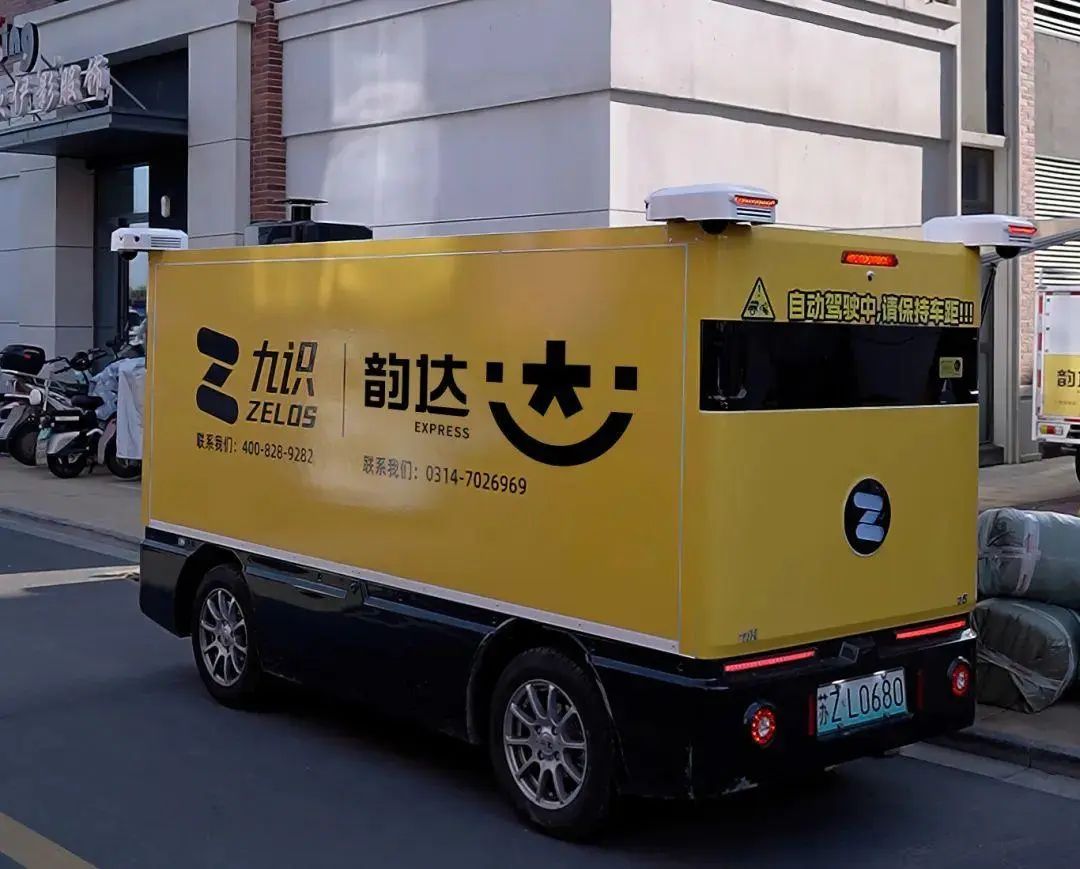
From the streets of Hefei to the mountains of Longxi, from clothing factories in Guanyun to the Party and Masses Service Center in Linze, these yellow unmanned vehicles are not only delivering packages but also rewriting the definition of 'express inclusivity.'
When SF Express's cold chain unmanned vehicles deliver waxberries to the mountains, when ZTO Express's unmanned vehicle platform opens up to the entire industry, and when J&T Express's vehicles deliver 2,000 packages daily in Nanjing, we suddenly realize that competition in the express industry has long shifted from a 'price war' to a 'technological war.'
In short, Unmanned Vehicles believe that in the future, there may be more unmanned vehicles on the streets, but they will not replace anyone; they will only make express delivery more efficient, cheaper, and more accessible.
As Xiaoli, a villager in Guanyun, said: 'Previously, I was afraid to shop online because I didn't think packages would be delivered to the village. Now that unmanned vehicles are right at our doorstep, this is truly convenient!'
After all, isn't the ultimate meaning of technology to enable people in every corner to enjoy the benefits of progress?
Dear reader, what do you think?

